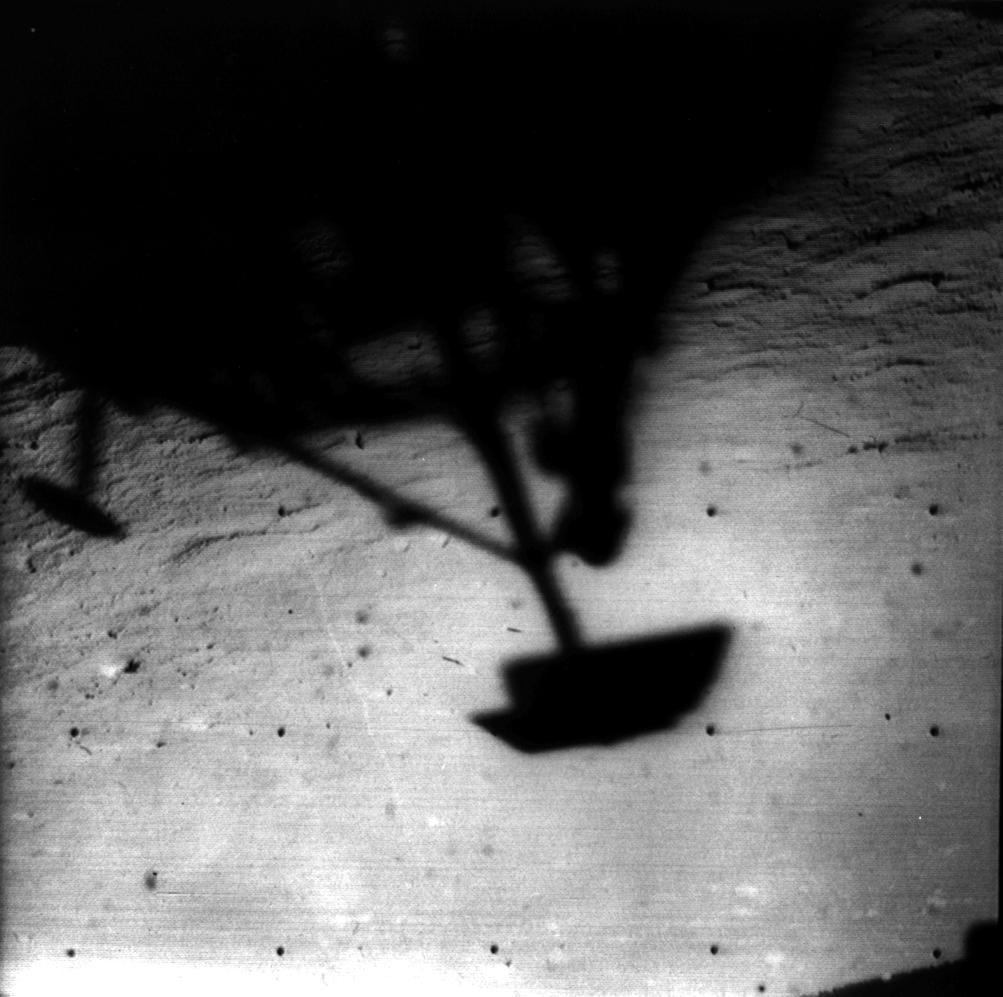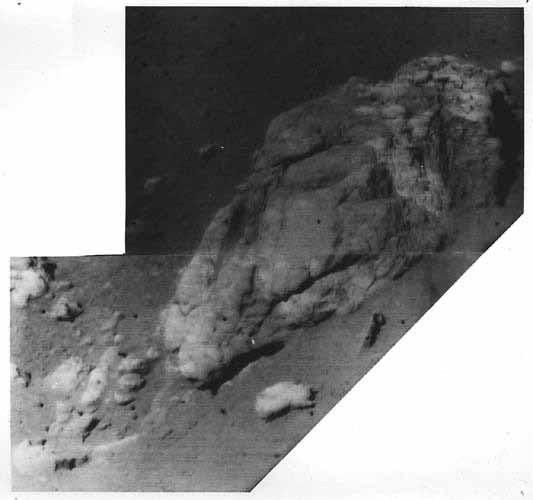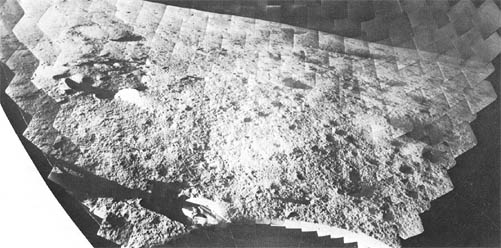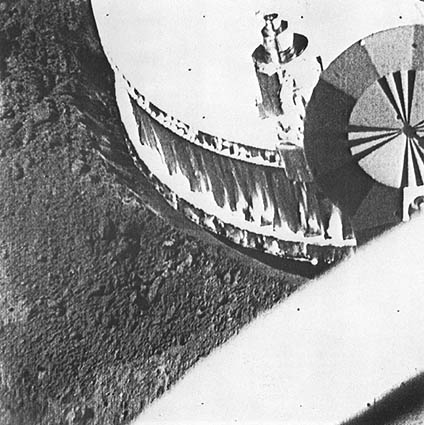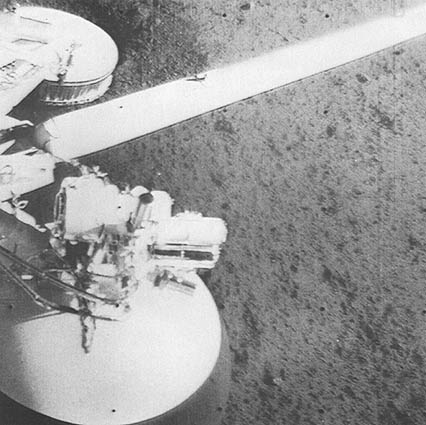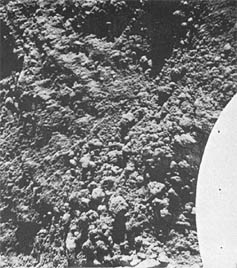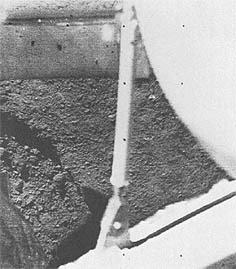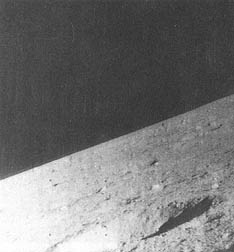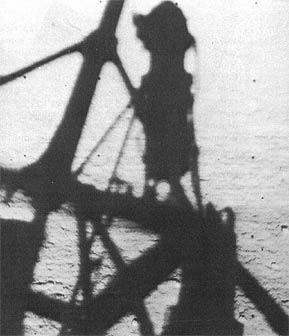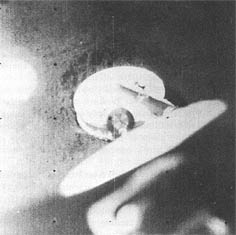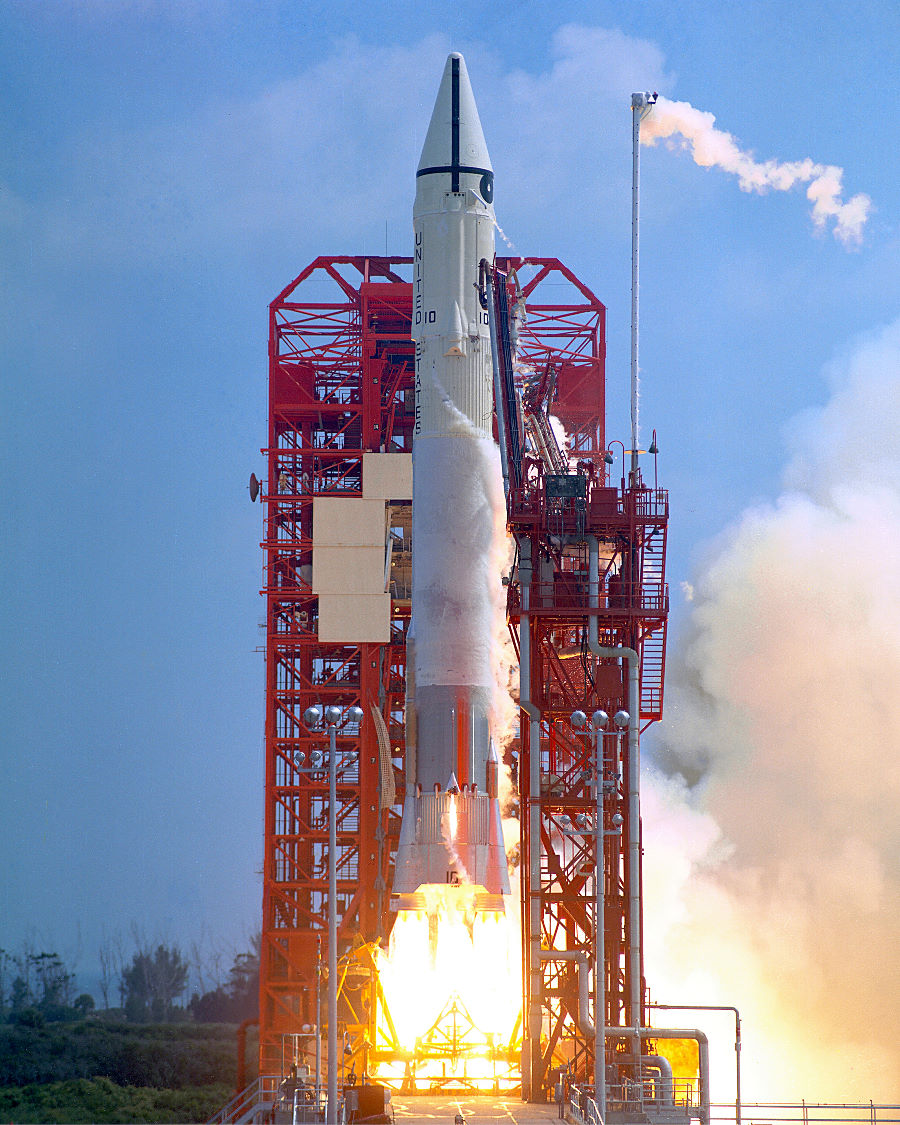|
|
|||||||||||||||
|
''
On June 14, 1966, the lunar night enveloped the spacecraft plunging it into frigid cold lasting 14 days, 16 hours and 51 minutes. The spacecraft was re-activated in early July and transmitted an additional 1,000 television pictures before onset of the second lunar night. Communications with were reestablished periodically through January 1967, but no further pictures were obtained after July. During its operation on the moon Surveyor 1 responded to a total of 158,084 commands from Earth and transmitted 11,150 high quality photos of the lunar surface. SOURCE:
Boeing Integrated Defense Systems
Unlike the Ranger missions, which had hard impact landings on the Moon, Surveyor 1 is the first U.S spacecraft to make a soft landing. Settling down at a site called Flamsteed in Oceanus Procellarum, Surveyor 1 sends back 11,240 pictures of the lunar surface, revealing details as small as 2 millimeters (1/12th inch). The lander operates until January 7, 1967. See also:
Surveyor 1 Surveyor 1 was the first lunar lander in the American Surveyor program that explored the Moon. The program was managed by the NASA Jet Propulsion Laboratory, utilizing spacecraft designed and built by Hughes Aircraft. * Launched May 30, 1966; landed
June 2, 1966
A total 11,237 images were transmitted to Earth. The successful soft landing in the Ocean of Storms was the first ever by the U.S. on an extraterrestrial body, and came just four months after the landing of the Soviet Luna 9 mission. Wikipedia - Surveyor 1 |
|||||||||||||||
| The Moon - Lunar Orbiter 3
Surveyor 1 spacecraft landing site on the moon Lunar Orbiter 3 high resolution image of the Surveyor
1 spacecraft and landing site. This image shows the area within the Flamsteed
ring in Oceanus Procellarum on the moon. The spacecraft is the bright spot
at the center of the red circle. The shadow of the 1 meter wide solar panels
can also be seen. The width of the framelets (the spacing between the horizontal
lines on the image) is about 220 meters. (Lunar Orbiter 3, frame 194-H3)
|
|||||||||||||||
|
Surveyor Observations of Lunar Horizon-Glow ..
J. J. Rennilson1 and D. R. Criswell2
Received: 13 August 1973
|
|||||||||||||||
|
..
View of Moon's surface from Surveyor I 66-H-794 ..
|
|||||||||||||||
..
..
Image from Surveyor 1 of its footpad in order to study soil mechanics in preparation for the Apollo manned landings. ..
..
..
..
..
..
..
..
..
..
..
..
|
|||||||||||||||
This is a good sample showing the clear detail available, if we could get the originals |
|||||||||||||||
|
''
Flamsteed region in Oceanus Procellarum, June 1966 Surveyor 1 was the first spacecraft from the United States to perform a controlled landing on the surface of the Moon, at 2.45 S, 316.79 E. Surveyor 1 took more than 11,100 images of the lunar landscape during its 6-week mission. This panorama was scanned from a photographic print of a hand-assembled mosaic, then digitally reconstructed and cleaned of visual defects by Philip Stooke. Surveyor 1 Successful lunar lander (USA)
|
|||||||||||||||
|
..
The Surveyor 1 mission scouted the lunar surface for future Apollo manned lunar landing sites. - NASA GRIN |
|||||||||||||||
|
|

